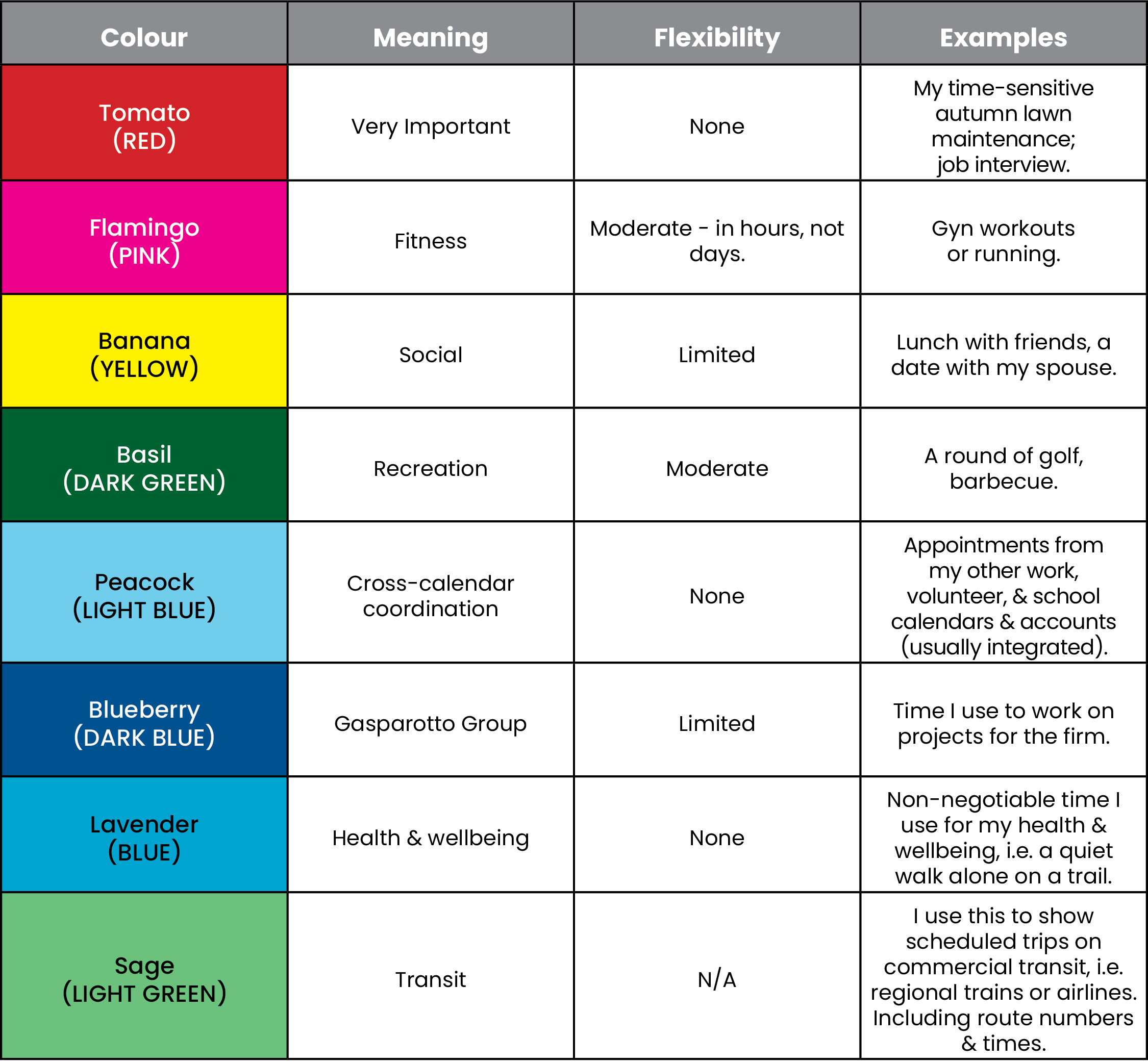
Everybody deals with stress in the workplace. It doesn’t matter what your field is, or what your role in the organization is. At some point, there’s a time crunch or a difficult job that needs to be done. Those things make us react mentally and physically. If we’re good at managing stress, we can get through it. If we’re excellent at managing stress, we might find it exciting. And high-performing teams work through it together, meeting deadlines and delivering valuable products and services to their clients.
There’s a lot of material in business publications and on the internet about managing stress, but one of the most important aspects is often overlooked. As leaders and managers, it is our responsibility to manage our time, and others’ time, in a way that reduces stress and unnecessary work. I’ll say it very directly: assigning unrealistic expectations, timelines, and workloads is bad leadership and bad management. The Great Resignation is still happening.1 McKinsey reports2 that 29% of people who resigned between April 2021 and April 2022 did so at least in part because of unsustainable workloads, and it is one of the top drivers of attrition. Failing to manage time and workloads will harm you and your business.
“Time is what we want most, but what we use worst.” – William Penn
So what are the solutions? Consulting firms use utilization tracking to manage work and performance (and their bottom line), but that is administratively burdensome for a lot of other firms. Many companies are taking a hands-off approach to management, which is laudable, but may not work for those that deal with hard timelines, like construction, infrastructure, or safety firms. There are software solutions that abound for collaboration and management. But there is one solution that is free, universal, and can be implemented immediately: box scheduling.
Table of Contents
ToggleBox Scheduling
I freely admit that box scheduling is the subject of innumerable listicles across the internet. It’s not a new thing. What makes this post a little different is my insistence that good leadership includes our duty to effectively manage time. It’s not a “life hack”: it’s our job. In the table below I’ll share a simple system I use to manage my time in my personal Google Calendar. Then I will explain when I do and don’t use box scheduling.

This is just my system, but it works for me. I know what the colours mean and I know how to prioritize them. Have I ever moved a “lavender” entry in my calendar? Of course I have, but the threshold to move that box is pretty high. Have I ever chosen a “banana” entry over a “flamingo” entry? You bet. Socializing is an important part of a full life.
As one can see, there are applications to the workplace as well. I won’t share those details online, but let it suffice to say I have work calendars with colour codes for administration, project management, operations, and other topics, and I know what those mean and how to use them. The most important part of this method is communicating it. In a professional setting, I need to communicate what our goals and timelines are, or nobody will be able to meet the schedule I’ve laid out.
When to use it, and when not to
I use this technique to realistically structure my day. I have a firm grip on how long it takes me to work out in a gym, shower, and leave, for example, so I’m confident plugging in the box where and when I do. It’s also a good way to make sure my work and personal lives have balance: if all the colours are serious ones and I don’t see any “basil” or “banana”, that’s a quick visual cue to me that I need to make some time in my week to be a human being. I also need to see “white space” on the calendar. If there’s not enough of that — especially on weekends — I force myself to drop some things. It’s important to have flexibility.
Project managers might point out that the Gantt chart is a better long-term planning tool, and they’re absolutely right. This method is for deciding how I organize my ground game every day, down to fifteen-minute intervals if necessary. I have to choose how to prioritize my time, and realistically plan what I need to accomplish my goals. This is where team leadership comes back into play: I need to be able to accurately map out how long activities, tasks, or projects are going to take in order to build realistic timelines and deliver well-thought-out, high-quality work. And I need to do that using an eight-hour workday as a constraint: it’s no longer good enough to throw a proverbial dart at the board and pick a date and time to deliver a project. Talented workers will quit over artificial, unrealistic timelines. The devil is in the details.
Box scheduling can be a bad thing if there are superfluous activities on the schedule. Using Google Calendar as the exemplar, there are reminders and task features that I can use to remember to make a call, pick up milk, check my fourth email account, etc. Those examples don’t need to be 30-minute entries during a busy day. Being ex-military, “haircut” still shows up every two weeks in my calendar whether I need one or not. But because I’ve transitioned, it’s now just a reminder, so I give myself the flexibility to get it anytime I want on the day it comes up!
The most important things I leave off my calendar are the times I need to be authentic. Connecting with people in the office, taking a walk to end the day, or deciding to go out for dinner with my spouse on a whim can’t be scheduled. That’s where that “white space” comes in. If 70% of my day is box-scheduled and I meet most of those expectations, I feel like I’m succeeding.
“For every minute spent in organizing, an hour is earned.” – Benjamin Franklin
So, my challenge to readers is this: pilot box-scheduling for one week, at work and at home. Schedule 60% of your time, using any system you want, and try to deliver on those goals for yourself, your team, and your family. Make sure you include a 30-minute period of reflection at the end of that week and ask yourself:
- Did I really think through my scheduling?
- Did this make my life easier?
- Did this make life easier for those around me?
If you answer “yes” to each of these questions, keep going. If not, consider trying again. Either way, I encourage you to think about how your planning and decisions affect others and what that means for your leadership practice.
Written by Simon Wells
Gasparotto Group helps organizations create cultures that develop highly effective leaders and build strong, resilient teams.